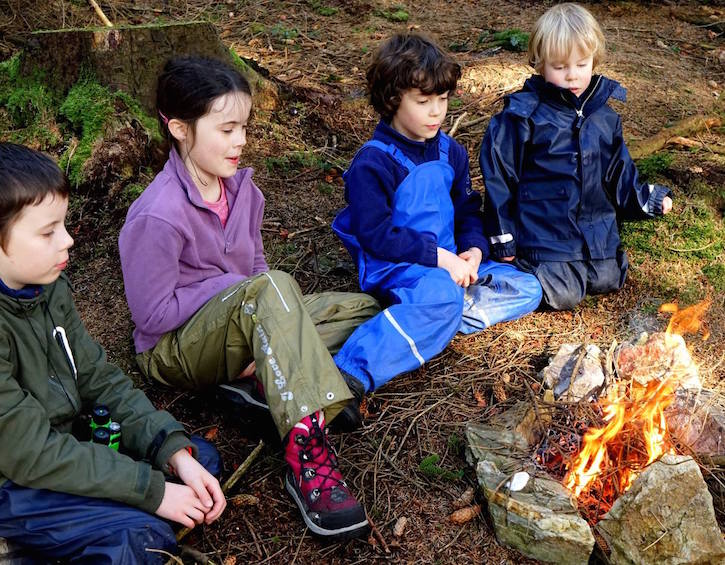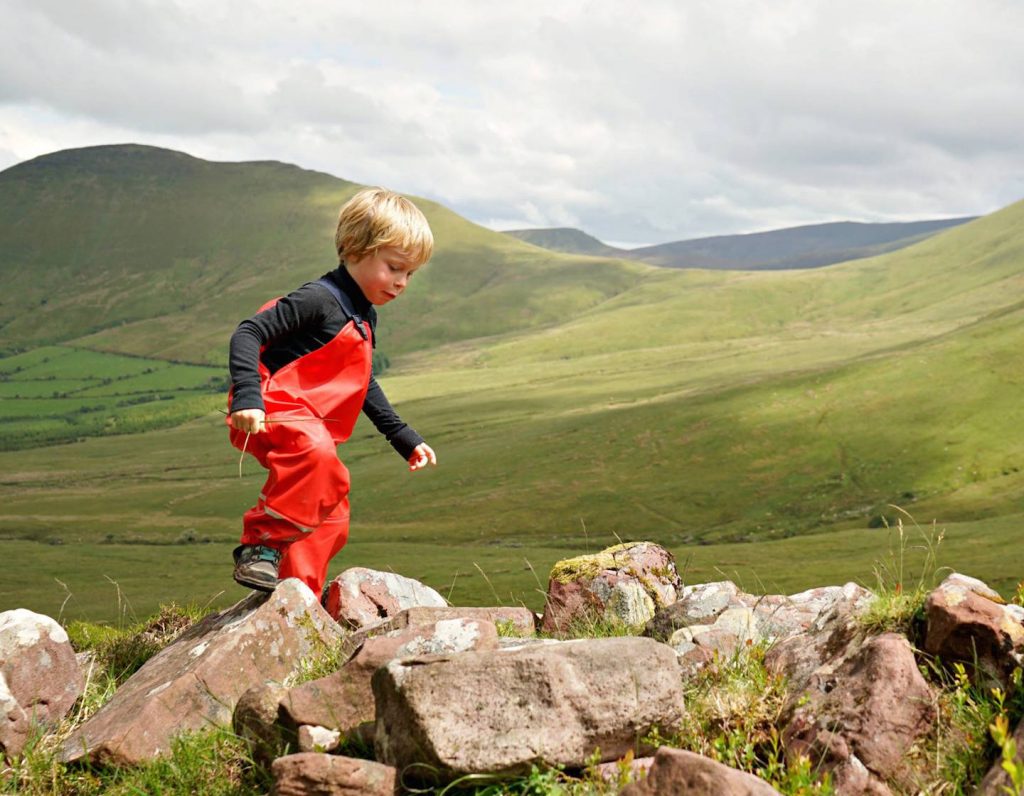
 Post Category - ParentingParenting
Post Category - ParentingParentingHow to unplug digitally
Connecting with your kids and disconnecting them from ipads and iphones is harder than ever with so much interest in coding, robotic toys, and online games. But a movement of wildschooling is growing where families, intent on digitally unplugging their kids make it their mission to get back into nature, go rock hunting, do backyard safaris and learn through play in our favourite parks. As you know, Sassy Mama is so on board with this! Annette Kelly gives us tips on how she wildschools her kids.
In this age of “nature deficit disorder”, I want my children to grow up feeling at home in nature. So every weekend we make a conscious effort to unplug and go out in nature, be it for a gentle walk, a challenging hike, a spot of bushcraft in the woods, or an invigorating wild swim. There is nothing Bear Grylls-like about us. Yet we are a wildschooling family. We are a family intent on cultivating our children’s wildness. Determined to nurture their innate connection to nature. Eager to develop their sense of place and self beyond the narrow scope of regular schooling.
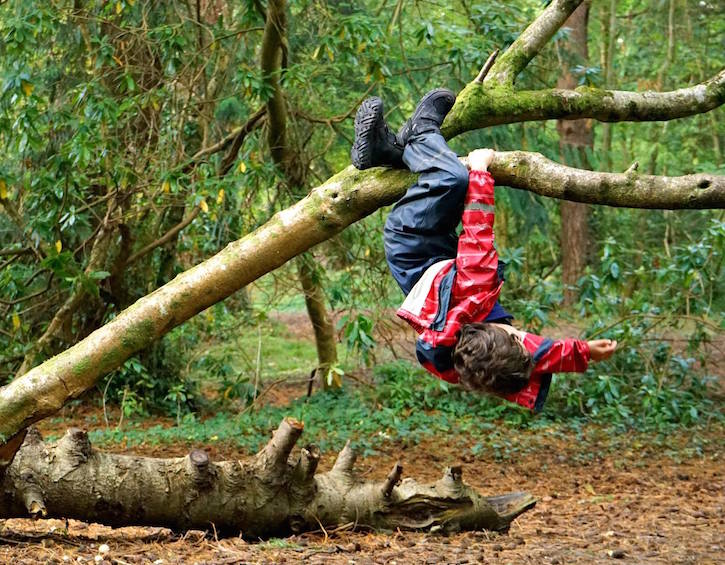
My interest in wildschooling, better known in Europe as forest school or outdoor learning, goes back to our expat days in Denmark in the late 2000s. For Scandinavia is regarded as the birthplace of this grassroots movement challenging the heartless standardisation of modern education. The best thing about wildschooling is that it is accessible to everyone. There is no need to be a trained forest school leader to instill a dose of wildness in your family life. For wildschooling is first and foremost about play – free play in a natural environment.
Read More: Fostering Success in Kids: Grit
Wildschooling tips
- Leave your phone at home: Turn off your devices and let go of the incessant pings and alerts. Be present, available, and calm for a few precious hours. No timetable. No agenda. No distraction. Only you and your family in nature.
- Slow down: Enjoying the great outdoors as a family is easy – all it takes is time and intention. Don’t overschedule. Resist the temptation to sign up your children for countless extra-curricular activities, especially at the weekend. With three children in primary school and one in preschool, and my husband commuting to work 5 days a week, weekends offer the only window of quality family time. So rather than ferrying the children to ‘CV-building’activities, we go outside for some wild time instead. Do not underestimate the value of learning through undirected play for your kids.
- Follow your kids’ lead: Instead of sticking to a strict itinerary, let them explore, roam free and smell the proverbial roses. Instead of marching them on to a specific endpoint, let them pick the destination and make their way to it at their own pace, playing hide-and-seek or jumping in puddles along the way. Instead of imposing adult-directed activities, let them become engrossed in their observations and imaginative play. For wildschooling is all about free, purposeful play in nature.
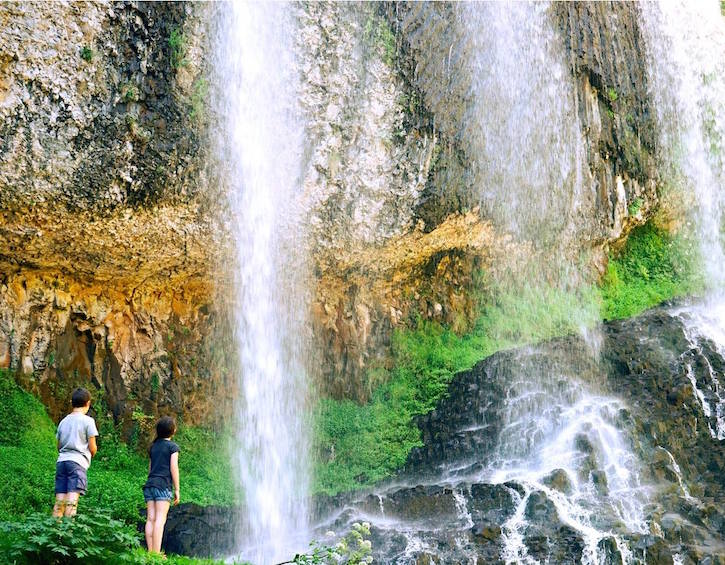
- Learn together: Be your children’s guide, not their teacher. If you find yourself lacking knowledge or experience about nature and the great outdoors, buy an age-appropriate field guide to your local environment. Attend a bushcraft session as a family. Go together on a guided foraging walk with a local expert. Botanic Gardens have Nature Rambling Tours for kids! William Wordsworth said it well “Let Nature be your teacher.” We all are learning machines. Make the most of your children’s natural curiosity and learn alongside them, thus modelling a life-long love of learning.
- Be prepared, be sun safe: Exploring makes children hungry so pack a few healthy snacks, and plenty of water. As Singapore’s UV is off the charts between 11am – 3pm, make sure you are kitted out with suncream and hats. Plus mossie repellant too and possibly a first-aid kit.
- Stop saying “be careful”: Instead, point out what they should look out for – “Those rocks are wet and they may be slippery”, “Is this branch big or solid enough to carry your weight?”, “These berries may look good but do not eat them unless you can identify them”. Children will take risks. This is how they learn. They will sometimes get hurt, or they will fail. This is how they learn resilience. But they will also overcome challenges and test their own limits. This is how they become resourceful.
Finally, remember that even in this technology-mad world, the best toy remains the humble stick. So get outside, be free and have fun!
Read More:
Rock Hunting
Let Kids be Kids: Let them Take Risks, Fail and Experience
How to Foster Success in Kids: Gritty Kids



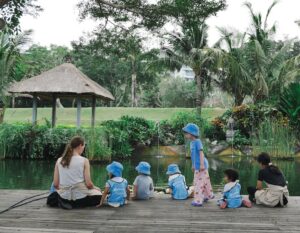


 View All
View All





 View All
View All









 View All
View All


